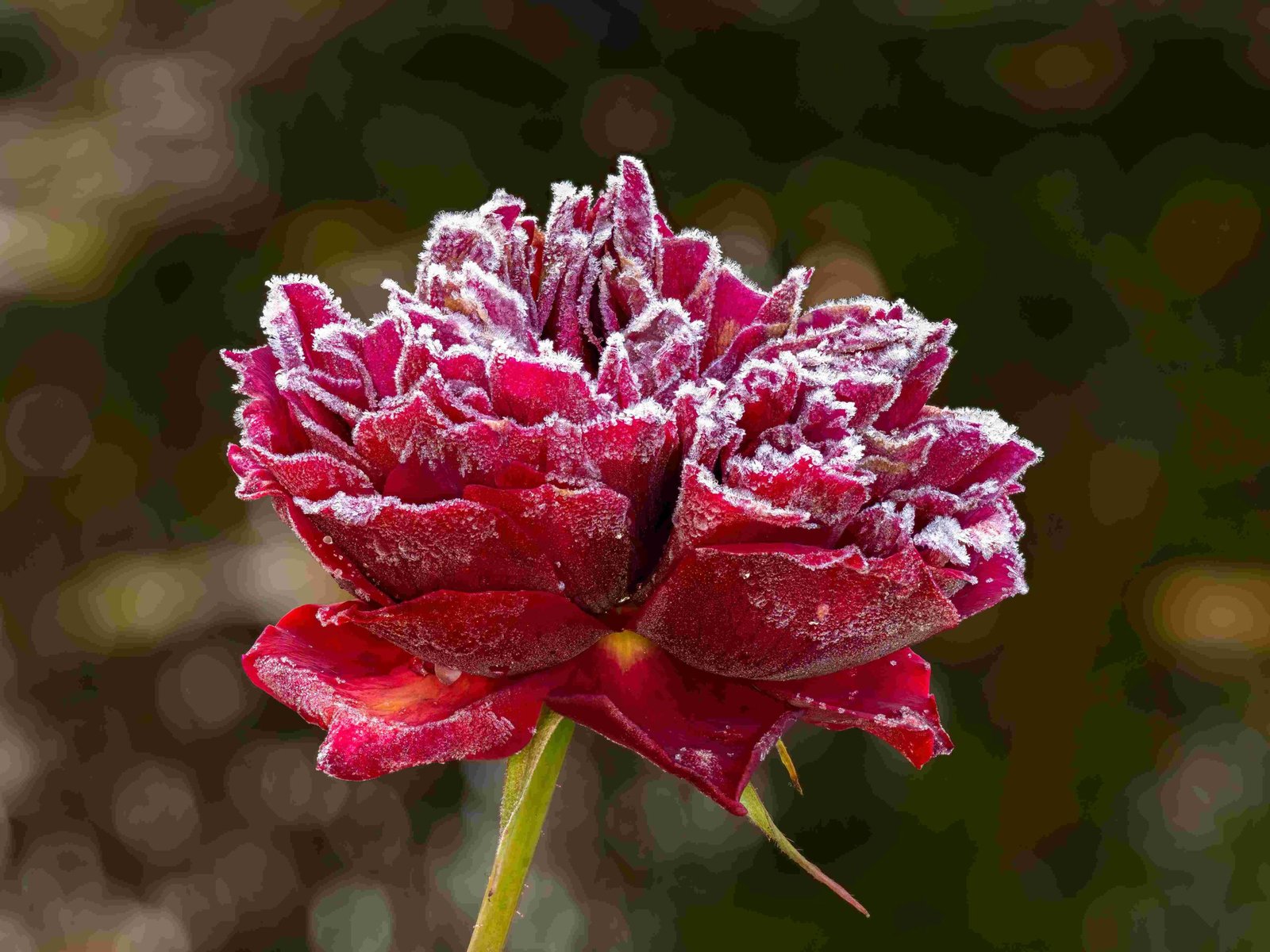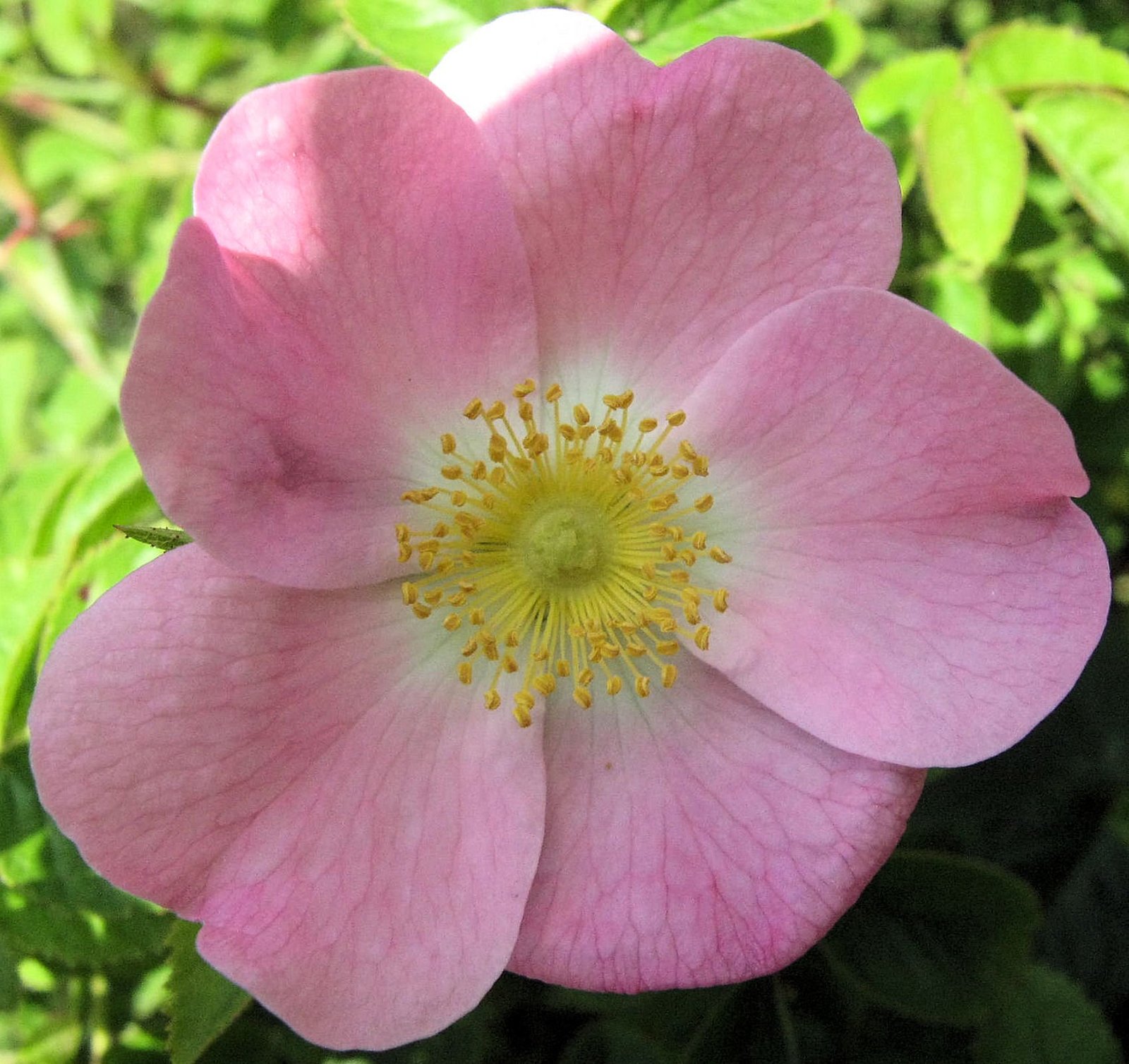What Genetic Traits are Important for Creating a New Rose Variety?

To create a new rose variety, breeders focus on several key genetic traits and employ specific hybridization techniques:
Genetic Traits
- Flower Form and Petal Number: Studies suggest that the double flower trait in roses is controlled by at least two genes, one controlling the double flower trait and another influencing the number of petals. The inheritance of these traits can be complex, involving non-additive genetic effects and heterosis.
- Recurrent Blooming: This trait is highly desirable and can be inherited from certain parental genotypes. For example, using the Black rose as a pollen parent ensures all progenies exhibit recurrent blooming.
- Disease Resistance and Hardiness: Breeders often introduce genetics from wild species like R. rugosa and R. arkansana to enhance winter hardiness and disease resistance.
- Color, Fragrance, and Other Traits: Breeders select parents based on desired characteristics such as unique colors, larger bloom sizes, high petal counts, and long vase life.
What Horticultural Practices are Crucial for Growing New Rose Varieties?

While the provided sources do not delve into detailed horticultural practices, general guidelines for rose cultivation can be summarized as follows:
Soil Composition, pH Levels, and Nutrient Requirements
- Roses prefer well-draining soil with a mix of organic matter such as compost or manure.
- Roses generally thrive in slightly acidic to neutral soil pH, ranging from 6.0 to 6.5.
- Roses require balanced fertilization, including nitrogen, phosphorus, and potassium, as well as additional micronutrients like iron, magnesium, and calcium.
Watering Schedules and Light Exposure
- Roses need consistent moisture, especially during the first year after planting, with about 1 inch of water per week.
- Most rose varieties require full sun to partial shade, with at least 6 hours of direct sunlight per day.
What Propagation Methods are Used to Create New Rose Varieties?
Grafting
- Grafting involves joining a piece of a stem (scion) from one rose plant onto the root system of another (rootstock). This method is often used to combine the desirable traits of the scion with the hardiness and disease resistance of the rootstock.
- The success of grafting can be seen within a few weeks to months, with success rates ranging from 70-90%.
Cuttings
- Taking cuttings involves cutting sections of stems from mature plants, removing lower leaves, and planting them in a rooting medium. Roots typically develop within 2-6 weeks, and the new plant can be transplanted after several months.
- Success rates vary widely depending on the rose variety, time of year, and environmental conditions, but can range from 20-80%.
What Regulatory Requirements and Certifications are Needed for New Rose Varieties?
Regulatory Requirements
- New rose varieties must comply with plant variety protection (PVP) laws, which involve submitting an application with detailed descriptions of the variety, its distinctness, uniformity, and stability.
- Phytosanitary certifications are required to ensure the new rose variety does not carry diseases or pests that could harm local ecosystems.
- Detailed documentation of the breeding process, genetic testing, and field trials is often required.
- The approval process can take several years and involves significant costs associated with testing, documentation, and regulatory fees.
Certifications
- Many countries adhere to UPOV guidelines for plant variety protection, which includes certification of new varieties based on their distinctness, uniformity, and stability.
- Additional certifications may be required by national or local authorities, such as certification from a national plant protection organization.
Reference:
1. https://www.mdpi.com/2223-7747/13/13/1797
2. https://www.notulaebotanicae.ro/index.php/nbha/article/view/13585
3. https://phenogenoroses.com/pdf/GeneticdiversityanddifferentiationinrosesAgardenroseperspective-31-01-20-11-14-05.pdf
